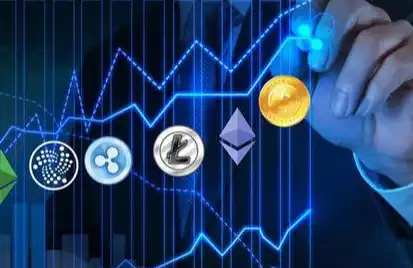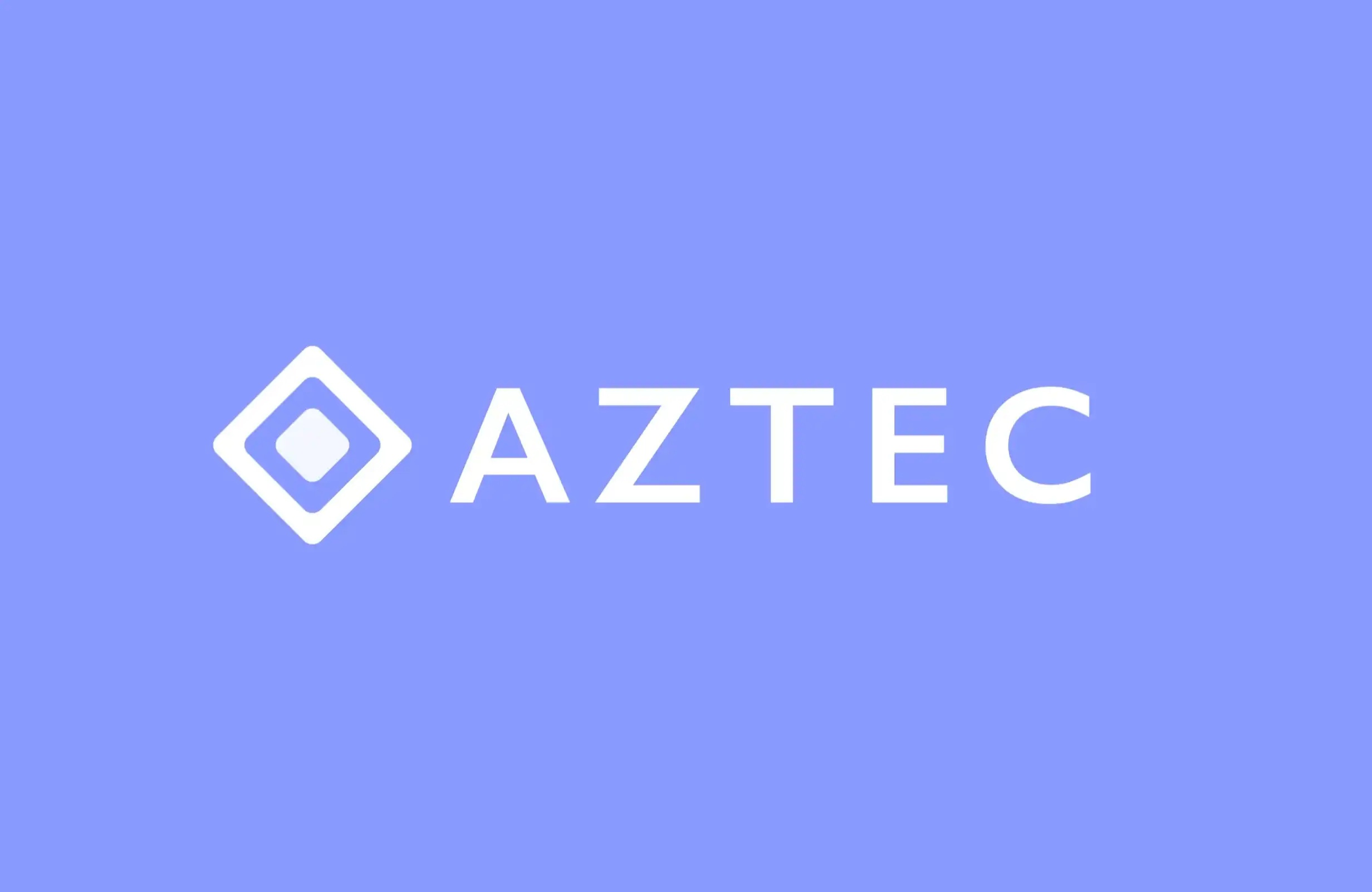X Space Review: Competition in the re-staking track is fierce, how did KelpDAO win unexpectedly?
On April 26, BlockBeats invited T.D., the head of strategic cooperation of KelpDAO, to be the guest of this theme Space "The competition in the re-staking track is fierce. How does KelpDAO win unexpectedly?" to share with users how KelpDAO stands out in the re-staking track. The following is the transcript of this Space.
BlockBeats: First, please let T.D. introduce himself and then briefly introduce the KelpDAO project
T.D.:Hello everyone, it is an honor to participate in today's Space. In the past few years, I have participated in many different projects, especially in the incubation field. I have participated in the development of innovative products in multiple teams. Recently, I have focused on the Restaking track, and I have been involved in this track for more than a year. Today I would like to give you a brief introduction to our project KelpDAO, although I believe that many people present have already known about it.
KelpDAO is a LRT (Liquid Restaking Token). Currently, we have more than 880 million total locked value (TVL) and more than 40,000 users. In the field of DeFi, we have established partnerships with many partners, have more than 40 cooperative projects, and run on 9 Layer2 networks. Recently, we completed a new round of investment, attracting many well-known cryptocurrency venture capital firms and investors. Therefore, I think we are still quite successful at present. We have also shown a strong interest in the Asian market, especially in the Chinese-speaking region. We hope to get more exposure in the Chinese-speaking region and provide some special offers for Chinese-speaking users. So, I am very grateful to the organizers for giving us the opportunity to communicate with users here.
BlockBeats: The competition in the re-staking track is becoming more and more fierce. EtherFi and Renzo have successively issued tokens. Can you briefly introduce KelpDAO and its competitive niche in the re-staking LRT track?
T.D.:In the LRT track, EtherFi and Renzo are both well-known projects. EtherFi mainly does Restaking and recently launched a new product, Liquid. Liquid is an automated fund where users can invest their money and provide an annualized rate of return (APY) of about 20%. This type of product is very suitable for large financial institutions, who are unlikely to farm themselves. For large financial institutions, using Liquid is a simple and direct way to invest. As long as you put your money in it, you can easily earn 20% of the return.
However, for those who prefer low-risk investments, EtherFi is a good choice. It leads the LRT market and also issued coins in March. Currently, EtherFi is in the second cycle of farming. But I think what is not innovative about EtherFi is that it does not have a Native Restaking function on L2. If users want to transfer their EtherFi coins to Arbitrum, they need to go through a cross-chain bridge, a process that may take up to 14 days, which is not very convenient for users. This means losing the opportunity to earn coins in 14 days.
As for Renzo, it currently only does Restaking and has not launched other products. It also does not have a Native Restaking function. At present, if users stake on Renzo, they cannot withdraw. Renzo should issue coins at the end of April, and it has prepared Launchpad on Binance. Renzo may have given more incentives, but there are not many new ways to play.
KelpDAO has been running on the mainnet for 4 months and has attracted many users. The most important thing is that there are many Native Restaking opportunities on L2, and we have reached cooperation with excellent DeFi projects on L2. Open our website and click the "Link" button in the upper right corner of the website, you will see more than 9 L2s. Our innovation is that we expand a new L2 every week. The next L2 we will add is zkSync. Compared with other Restaking projects, our uniqueness is that there are more Native Restaking opportunities on L2.
BlockBeats: At present, the protocol has expanded to 9 L2s. Can you tell us what opportunities there are for ordinary users to earn income on these chains?
T.D.: I believe that before LRT appeared, everyone already knew how to earn income on L2. For example, when Arbitrum first launched its testnet, it allowed users to use their cross-chain bridge for testing to earn points. These points can eventually be converted into token rewards. This provides users with the opportunity to earn additional income on L2.
Currently on KelpDAO's rsETH, users can stake ETH to earn annualized returns, and they can also earn points on our Kelp Miles. Points will also be accumulated on Eigenlayer.
For example, if you use Mode, a Layer 2 platform, to stake your ETH for rsETH, you can earn additional Mode points. In general, you can accumulate points in 5 different ways. These APYs are calculated in a variety of different ways, and some can even reach 150%, 280%. So I think there are a lot of opportunities for income. If you go to the KelpDAO website, you will find a DeFi tab. Click on it and you will see what projects we have joined and who are the partners. You will also find opportunities to earn additional income.
BlockBeats: What factors does KelpDAO consider when evaluating these cooperative ecosystem projects?
T.D.: We will not only consider Layer2, but also other Layer1. We are most concerned about two aspects. The first is the technical aspect, and we need to make sure that the technical aspect can meet the needs. Given our extremely strict requirements for security, our team will continue to evaluate the technical development of these newly emerging L1 and L2 chains, and will evaluate whether the technology of these chains can support our Restaking on them. If the technology is acceptable, we will then evaluate the security, because the safety of users' property is also very important. If both of these are acceptable, we will then evaluate the strength of the ecosystem on these L1 or L2, and see if there are enough DeFi projects on the ecosystem, so that users can get more opportunities to earn points after obtaining rsETH. If the ecosystem on the chain is not mature, we will not consider it.
Of course, we will also actively interact with users, and if users suggest which chain is worth paying attention to, we will also consider it. The main focus is still on chain security and technology.
BlockBeats: In addition to considering security factors, user benefits must also be considered. How does the team consider improving the DeFi composability and overall yield of rsETH?
T.D.:I think the most basic source of income is in the liquidity pool, which is the safest way to provide users with stable income. So we first focus on the liquidity pools of Balancer and Uniswap. The highest points multiplier is in these liquidity pools, so if you go to our website and look at the liquidity pools of Balancer and Uniswap, they will give points multipliers of up to 3 times. If users want higher returns, they can also participate in lending projects, such as Gearbox. In addition, we have done some integration with Juice Finance to meet the needs of different users.
In addition, L2 itself will also give users incentives. Staking can give users points, which is still very valuable for users to participate. Therefore, we consider different solutions from low risk to high risk to ensure that our users can not only be safe, but also get the best income opportunities.
BlockBeats: Renzo had LRT depegging two days ago. In order to allow users to immediately exit the re-staking state, each re-staking agreement has designed a different mechanism, but from this incident, it can be seen that there are still risks. How does Kelpdao ensure the anchoring of LRT and the safety of user funds?
T.D.: Yes, the issue of LRT has attracted a lot of attention recently, and some problems have occurred in the Renzo project. Everyone knows that Renzo is about to issue coins. After many users learned of this news, they wanted to withdraw coins and end staking in order to earn more income in other LRT projects. Currently, the only way for users to withdraw their tokens is to exchange their rsETH tokens for other tokens through a decentralized exchange (Dex). Since Renzo has not yet determined a withdrawal date, if all users withdraw at the same time and liquidity deteriorates, it will inevitably lead to price decoupling.
In addition, another issue about Renzo is that I don’t know the specific amount of pledged funds, but as far as I know, about 60% to 70% of the funds may be concentrated in other LRT projects, such as in dApps such as Gearbox and Morphos Labs. When the price falls and decoupling occurs, it may trigger large-scale liquidations, thereby increasing the pressure to sell tokens.
For a period of time, the trading price of ezETH on Uniswap once dropped to $688, causing its collateral value to become low. Many users’ positions were liquidated, and ezETH assets were completely gone.
Combining the above two issues, we can see the dilemma that Renzo is facing. Of course, we are also looking at other LRT projects, and our CTO has had conversations with the CEO of EtherFi. How can we avoid such problems?
First, we noticed that about 60% to 70% of Renzo's TVL involves circular leverage. However, KelpDAO does not participate in this type of circular leverage on a large scale, and only about 20% of our TVL involves circular leverage. Circular leverage protocols are high-risk and may have a significant impact on users. If a large-scale liquidation occurs, it may have a negative impact on the price of our assets. Therefore, we are cautious about such protocols.
Regarding the withdrawal function, the three tokens we currently accept are ETHx, stETH, and sfrxETH. We will start the withdrawal service from May 3. Users do not need to rely on exchanges for rsETH arbitrage or other operations, and can directly make one-to-one withdrawals on our platform, which is crucial for users, especially when there is a lack of liquidity on exchanges. In contrast, some large users can no longer withdraw tokens from Renzo. They can only wait for liquidity to improve or the withdrawal function to be improved before they can operate.
It is expected that we will also provide Ethereum withdrawal services after next week. In the next two weeks, users can have confidence in our protocol because we will launch the withdrawal function soon, and users do not need to worry about withdrawal issues
Finally, regarding our Restaking on L2, we will convert it to Ethereum if necessary. In this way, we can buy and sell Ethereum in the liquidity pool, increase liquidity, and protect the token price when necessary, reduce the risk of price fluctuations, so we are not too worried about price decoupling. We hope that users will consider these four aspects when using any protocol and understand how to safely exit their positions.
BlockBeats: Community users are somewhat confused about the concepts of $KEP and Kelp Miles. Can you explain the difference between the two in more detail?
T.D.:Let's talk about KEP (KEP Token), which is a token based on the ERC-20 standard. KEP is a tokenized Eigenlayer Point. Normally, when users stake on Eigenlayer, you only get a score. You cannot buy or sell these points. You can only wait for a specific time to exchange your points for the corresponding tokens. So how can users buy and sell their Eigenlayer points? Therefore, we launched KEP Token. The Eigenlayer points obtained by users on KelpDAO can be converted into KEP, and KEP can be bought and sold. In addition, you can also use your KEP and Ethereum to add liquidity to the liquidity pool, and the return is not low, about 35% annualized, this is our advantage.
Currently, there is no other project that can convert Eigenlayer Points into ERC-20 tokens for trading. Kelp Miles is our internal points system. Once users earn points, they can claim their tokens when we TGE or issue coins.
BlockBeats: Please introduce the Kelp Miles points mechanism in detail. How can users get the most benefits?
T.D.: If you stake rsETH, you can get Kelp Miles points. If you want to increase the speed of points, you can also have many options. For example, if you choose Pendle in the DeFi column, the points will be 2.5 times the original. If you choose Balancer or Curve, the points will be 3 times the original.
Of course, we often hold different activities to motivate the Chinese-speaking area. The Chinese-speaking area is a very important market for us.
BlockBeats: KelpDao has been increasingly exposed in the Chinese-speaking market recently. It was previously announced that special benefits were prepared for users. Can you share them with everyone? T.D.: We recognize that many users choose to use KelpDAO or re-stake, perhaps because they think Eigenlayer, Restaking, or Liquid Restaking can provide them with low-risk returns. We currently have an event that allows users to earn both Eigenlayer and Kelp Miles points. The event will end in three days (note: the event has ended as of press time). For every Ethereum staked, users will receive an additional 50 Eigenlayer points. If you participate in the event now, you will receive an additional 100,000 Kelp Miles points. In addition, we have partnered with Stader Lab, and if you re-stake your ETHx, you can get an additional 100 Eigenlayer points. So not only can you earn points in Kelp Miles, you can also earn Eigenlayer points.
BlockBeats: In addition to launching this points activity, what other development plans does KelpDAO have next?
T.D.: You may have been paying close attention to L1. Our team has begun in-depth research for some time and may allow users to start testing soon. We believe that we have significant strength in the field of technology, and there will be some major progress in the Layer1 field that everyone is paying attention to. At the same time, we will also launch some new products. Allow users to Restake on the Layer1 platform.
Our goal is for users to earn a stable income after coming to KelpDAO, and users do not only earn income through staking. Through our cooperation with more and more DeFi projects, users can also bring these new liquidity income certificates to different DeFi platforms to earn more income. This is like a layered system of DeFi, and we are at the bottom of this system. If users want to earn more, we will also prepare more opportunities for users to earn income on different projects.
BlockBeats: After EigenLayer goes online, KelpDAO and AVS will cooperate to bring more benefits to users. Can you share which AVS will cooperate with?
T.D.: We will announce it next week.
Question 1: For users who stake on KelpDAO, will the airdrops they receive be based on points or will there be a minimum guarantee like EtherFi, which leads to users opening many small accounts to participate, and in the end, the airdrops that the stakers actually don’t get are particularly large.
T.D.: In fact, our coin issuance time is later than EtherFi, and we have also seen possible problems or user dissatisfaction in their community. We are learning and observing. We noticed that Renzo’s community users are very dissatisfied, especially small accounts, who basically did not earn coins. In terms of the current budget, we do not plan to adopt the EtherFi model.
In fact, it doesn’t really matter whether you use one wallet to accumulate points or use multiple small wallets to accumulate more points. I don’t think it’s worth it for users to set up fake wallets for different activities. And if you use the same wallet, sometimes there will be extra points, and the points will be multiplied. Therefore, we do not encourage users to create multiple small accounts to participate in activities.
Welcome to join the official BlockBeats community:
Telegram Subscription Group: https://t.me/theblockbeats
Telegram Discussion Group: https://t.me/BlockBeats_App
Official Twitter Account: https://twitter.com/BlockBeatsAsia


 Forum
Forum Finance
Finance
 Specials
Specials
 On-chain Eco
On-chain Eco
 Entry
Entry
 Podcasts
Podcasts
 Activities
Activities
 OPRR
OPRR








